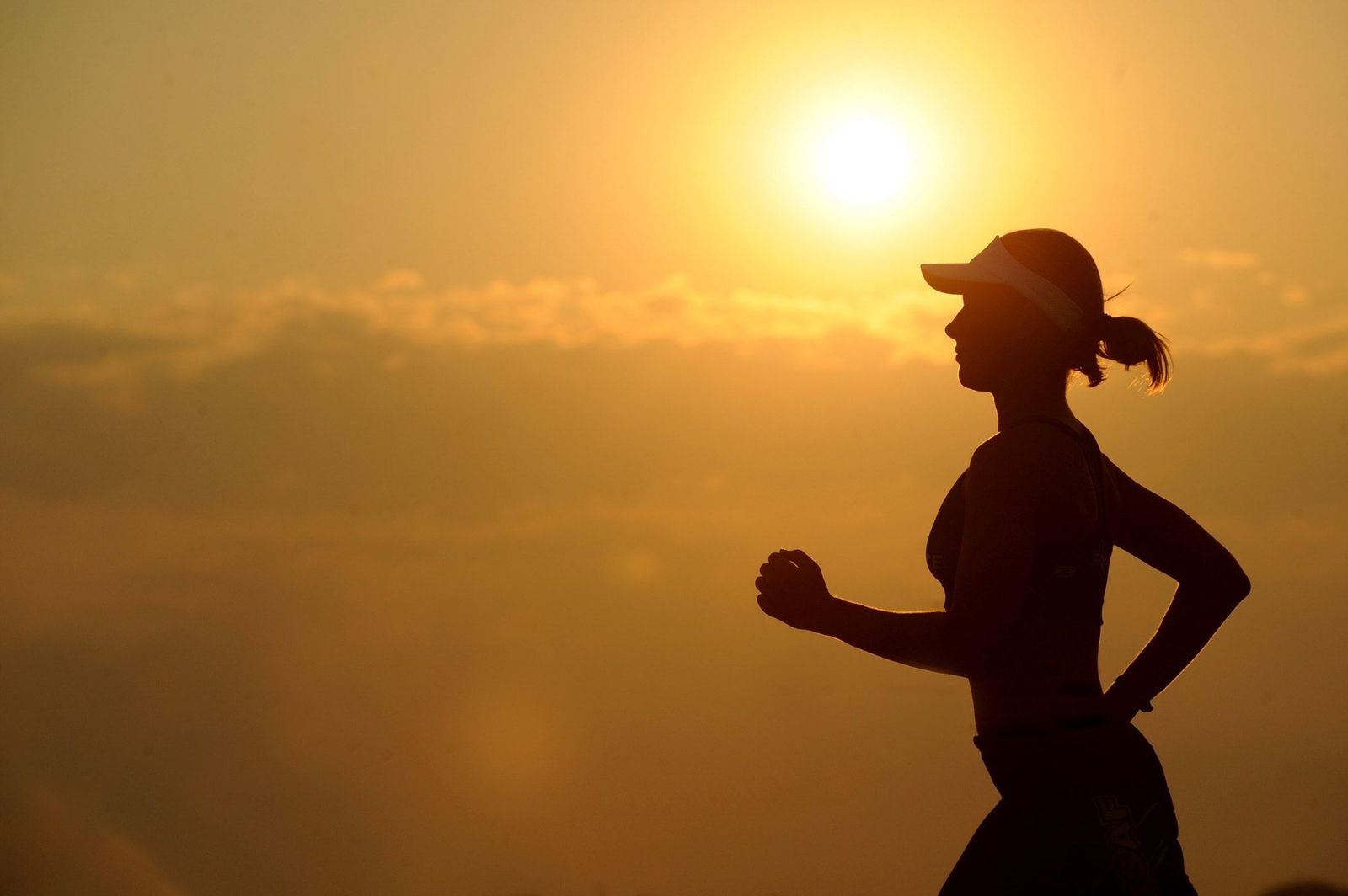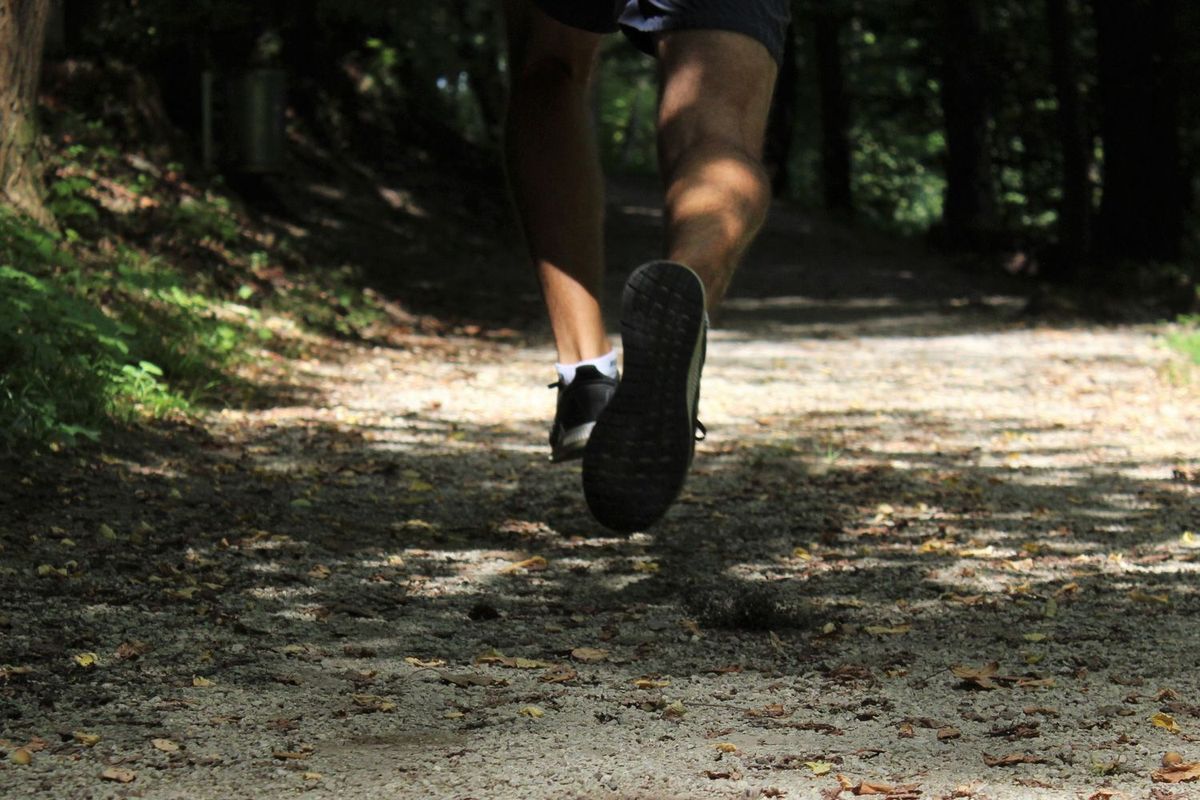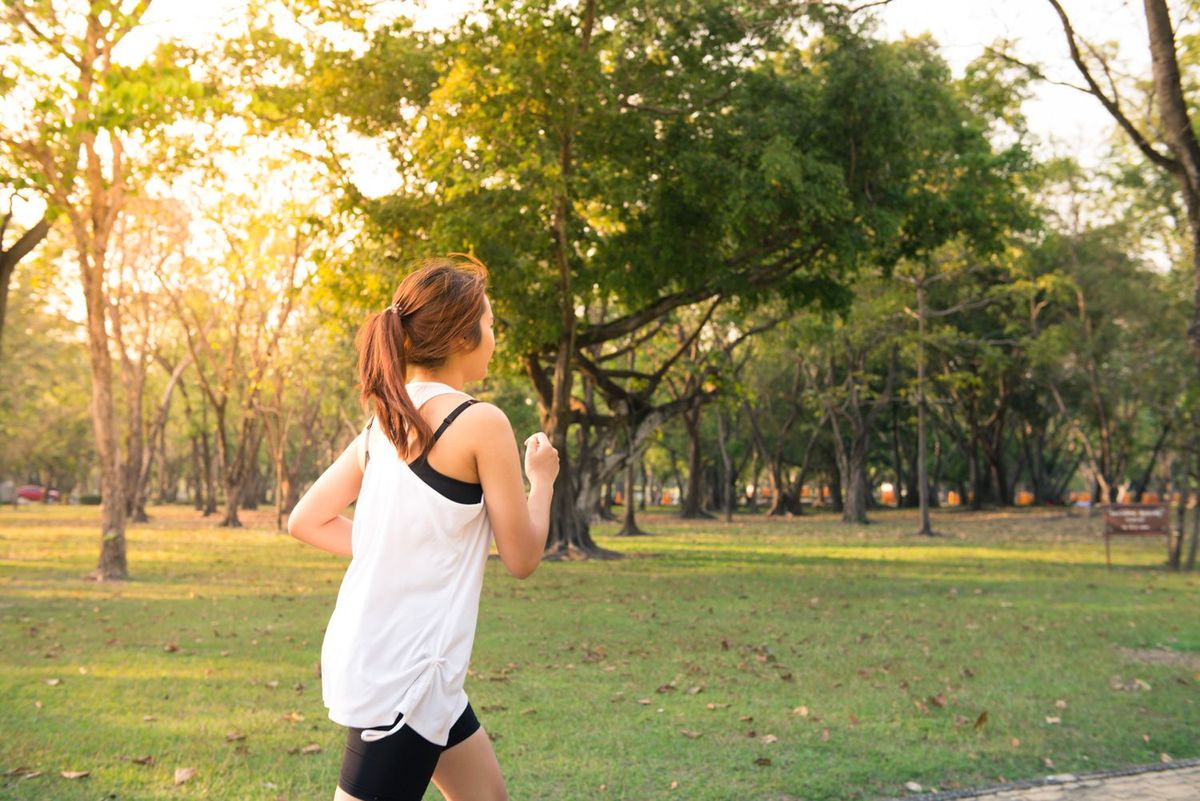
7 tips for jogging in the heat
How to best protect your body from heat when jogging
The days are getting longer, the temperatures are rising. With the onset of summer, you are certainly more motivated to go for a jog. There's no doubt about it - the sun provides you with vitamin D and you're literally flooded with happiness hormones. Among other things, this makes you more motivated to exercise outside. However, you should not underestimate the heat! Read the following tips if you want to go jogging in summer.
1. avoid jogging in the midday sun
The sun is at its strongest at lunchtime. Avoid this time of day and instead move your workout to the early morning hours - directly after getting up. Exercising in the morning has been proven to have a positive effect on your entire daily routine.
Alternatively, try postponing your running training to the evening. Please note, however, that you should not jog immediately before going to bed, as your body needs a while to rest after training.
Excessive heat combined with exertion is not good for your body as it puts additional strain on it. It is best to choose routes in the shade**, such as in the forest, so that you are not constantly exposed to the sun and jogging in the heat is more bearable.

2. slowly acclimatise to higher temperatures
Get your body used to the effort at higher temperatures at a leisurely pace if you are struggling with circulatory problems. This means that your running sessions will initially be shorter and slower. The heat increases your heart rate. You can easily track this using a fitness watch or chest strap. After a while, you will notice that your body gets used to the heat and your heart rate drops again.
3. use sun cream when running in summer
If you can't avoid walking in the sun - even if it's only for short periods - apply plenty of sun cream. This is especially important if you have particularly sensitive skin. Make sure that the sun cream is waterproof or especially suitable for sports activities in summer. This will prevent the sun cream from running off when you sweat and the protection from drying out.
4. choose the right clothes for jogging in summer
Running in the heat is strenuous enough - your body will start to sweat. To avoid getting sweaty and exhausted right from the start, make sure you wear light clothing that is also breathable. Short running trousers and tops or T-shirts** are suitable here. However, make sure that the trousers are long enough, for example, before your thighs rub against each other. This can quickly lead to chafing, especially in the heat.
Your head in particular should be protected while jogging in the blazing sun. However, remember that your head retains heat. Wear a head covering that is also permeable to air and only if you are really permanently exposed to the sun.
Optionally, you can wear sports sunglasses to protect your eyes.

5. drinking is the be-all and end-all
If you are only running a short lap and are not travelling for too long - about three quarters of an hour - you don't necessarily need to take anything to drink with you when jogging in summer. Drink a large glass of water before the running session so that your fluid balance is topped up first. However, if you are jogging longer distances, it is advisable to have a drink with you. For example, drink backpacks are ideal for this.
After training, it is important to make up for the loss of fluids. However, how much fluid you need before and after training varies from person to person. Among other things, this depends on how much you sweat. If you tend to sweat more, you will need more water to compensate for the loss of fluids when running in the heat.
6. take a cold shower before jogging in the heat
If you sweat a lot when jogging in summer, the following trick will help: take a cold shower before you start your running session. This way, your body temperature will be lower and you won't start sweating until later. This way you avoid direct fluid loss during training.
After jogging, however, it is best to take a lukewarm shower. If the water is too cold, your body will try to compensate for the cold and continue to sweat. If the water is too hot, on the other hand, you will dry out your skin.
7. listen to your body
If you notice that you are struggling with circulatory problems, nausea or headaches during training** when running in summer, take a break or stop your training. These symptoms are often signs of exertion and that your body is not coping well with the heat. As running is more strenuous in summer, it is important that you adjust your training so that you feel well.
Don't force yourself to run if it's simply too warm. Some athletes have the problem that their body doesn't adapt to the heat as well as some others. In this case, try other sports such as swimming if you notice that your body can't cope with the heat when jogging.
If you also want to jog in higher temperatures, follow the tips listed above for effective training. Start your running training at sunrise or when the temperatures cool down in the evening. Wear loose clothing and top up your hydration before you start your run.
